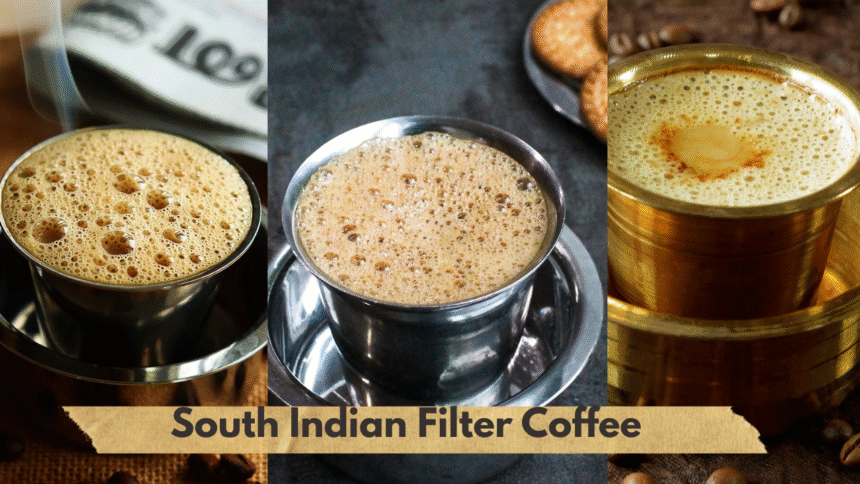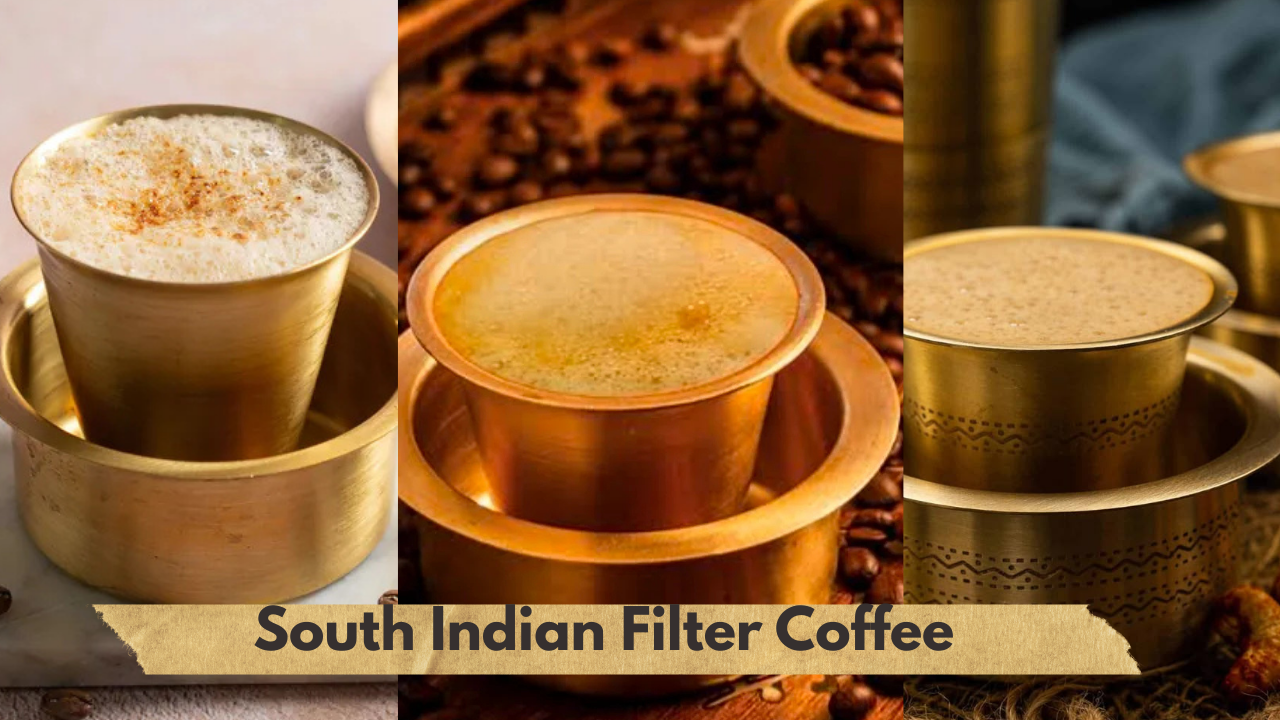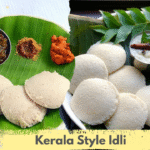If you have ever woke up with the reassuring aroma of the freshly prepared coffee that will come out of the kitchen, you know it is more than a simple drink – it is an emotion. In the south of India, that emotion takes on the shape of the South Indian Filter Coffee, a drink so steeped in the tradition that has become a cultural icon.
Served in a small glass, often with a Dabara (a cup of metal used for cooling), the coffee of the South Indian Filter Coffee is rich, smooth and irresistible aromatic. It is not done alone; It is carefully made, generations transmitted and proud drinks.
We immerse ourselves in the history, tradition and magic of this beloved beer.
The origin of the South Indian Filter Coffee
The journey of the coffee of the South Indian Filter Coffee begins in the 17th century, when according to the legendary Baba Budan reported seven coffee beans from Yemen to Chikmagalur, Karnataka. What started as a rare harvest soon spread on the lush hills of the West -Ghats, where the climate was perfect for the growth of coffee.
Over time, the families of southern India have developed their style of beer, one who has mixed Arabic or robust beans with a touch of chicory, giving it that profound and earthy flavor that we still love today.
What makes it different from the other coffee?
If you have tried a milk or an espresso, you will immediately notice that coffee coffee has a completely different flavor. This is because it is not produced as the espresso. Instead, it is made using a traditional metal filter, where hot water is slowly perceiving through freshly ground coffee powder.
The result? A strong but smooth decoction that adapts perfectly to hot milk and sugar. It is a coffee, but with a softer touch – like a warm embrace in a cup.
The Star Ingredient: Chacory
One of the secret elements of the coffee of the southern India filter is the chicory powder. It is mixed with coffee funds to give the drink its feature audacity and a little hazelnut flavor. Chirporty also improves the coffee body, making it richer and more aromatic.
The beer ritual
The coffee of the southern India filter is not a hasty morning task: it is almost ceremonial.
By renouncing the beans: the coffee is more fine than for the French press but groove than for espresso. Filter loading: the upper compartment of the filter is full of coffee powder.
Pour the water: the hot water is carefully poured over the powder and then left behind to drain slowly in the lower compartment.
Mix with milk: the strong decoction is combined with steaming milk and sugar as desired.
Payment – Traditionally it is paid back and forth between the glass and the Dabara to mix well and create a light foam.
This process takes time – and this is part of the charm.
The famous cup and Dabara
The stainless steel cup and the Dabara are not only vessels. They are part of the experience of coffee in the south of India. The coffee between them is slightly cooled and ventilated the drink, which gives it the delicious foam on it.
The role of filtering coffee in the houses of southern India
In the south of India, the filter coffee is more than a simple morning drink. It is a social bond. Families come together in the kitchen, the neighbors come for a cup and the guests are always offered coffee, especially others. It is the fuel for morning conversations, visits to the temple and even relaxation after meals. For many, the day does not really start until they had their first sip.
Filter coffee and festivals
During festivals such as Pongal, Diwali and weddings, the filter coffee becomes a ceremonial necessity. The aroma mixes with the scent of incense, flowers and holidays – creating an atmosphere of heat and together.
Because the coffee of the southern India filter has a faithful base of fans
There is a reason why people travel miles to have an authentic southern India coffee. The taste is unique: robust but flexible, rich and but reassuring. It is the perfect balance between strength and sweetness, with a persistent aroma that remains with you much after the last sip.
Modern lights a traditional classic
Although the traditional version is timeless, modern coffee lovers have experienced:
Cold filter coffee – decoction served cooled with ice.
Vegan filter coffee – made with almond or oat milk.
Mixi flavored – penetrated with cardamom, cinnamon or vanilla. These variations maintain the heritage alive when they change the taste.
Brass the perfect cup at home
Do you want to make an authentic South Indian Filter Coffee from southern India at home? Here is a short guide:
Use freshly ground coffee in coffee powder (70% coffee, 30% chicory for the best results).
Heat the water until it is just below the boil – too hot and the terrain interrupts.
Let the decoction run slowly – the patience brings out the taste. Use complete milk for this creamy texture.
Do not jump the Mug-Dabara Coulet is a tradition for a certain reason.
Global recognition
Thanks to the Indian diaspora, the coffee filter in southern India has traveled around the world. From London restaurants to New York cafes, this modest infusion has found fans everywhere. Some even compare it to the ends of the manual coffee that sweeps the West – with the exception of the filtering coffee, there has been for centuries.
Read More: Kerala-Style Idli: A Guilt-Free Breakfast with Authentic Flavor
Conclusion
The South Indian Filter Coffee is not just a drink; It is a cultural heritage, prepared with love and patience. It is about enjoying the moment, having the aroma fill your senses and get in touch with tradition. In a world that rushes to the whole instantaneous, Filter Coffee reminds us of the slowdown, because some things deserve to be expected.









